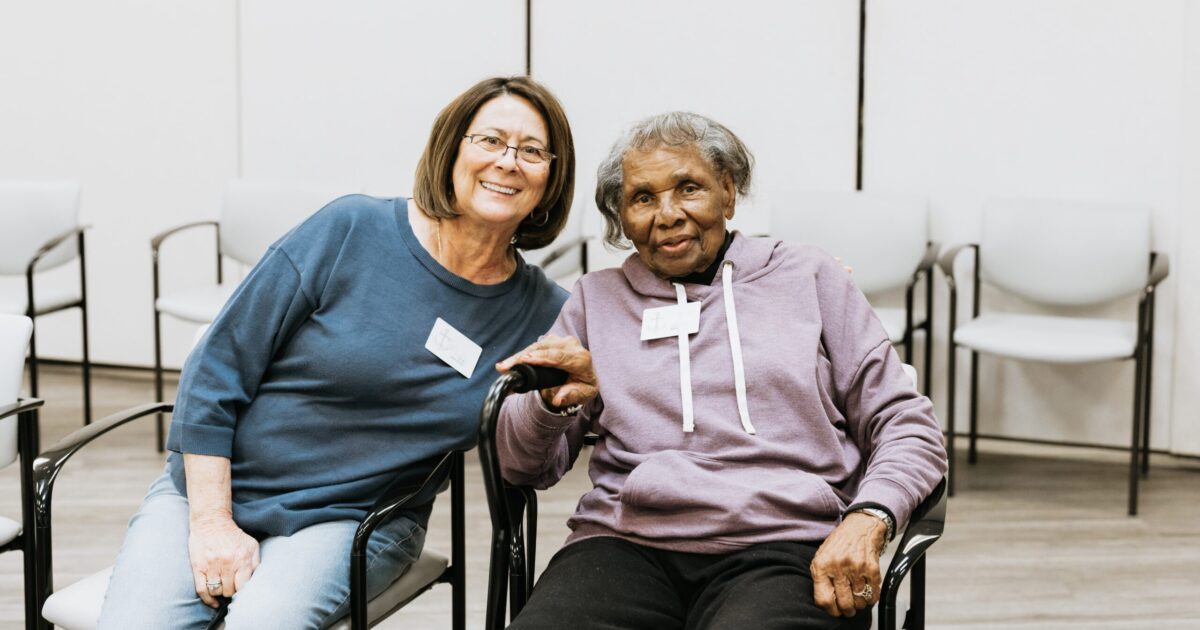Reviewed by: Patience Itson
Everything you need to know about fibroids, including a NEW treatment at Brookwood Baptist
Reading time: 3 minutes
Sponsored

Two local OB/GYNs recently completed the first Acessa case in Birmingham at Brookwood Baptist—a minimally-invasive procedure designed to shrink uterine fibroids. We talked to Dr. Tomeka Roberts and Dr. Mia Cowan to learn more about Acessa and what it means for women in and around Birmingham. Keep reading for all the details or visit this site to learn which doctors perform this procedure.
Fibroids: what they are + how women know if they have them

Fibroids are non-cancerous growths in the uterus that can develop during a woman’s reproductive years. Fibroids are fairly common, and the two doctors I spoke with estimated that between 60-90% of the women they see develop fibroids after age 30.
Most fibroids are harmless, but they can cause problems such as bleeding, pain and sexual functioning or fertility problems, according to Dr. Cowan.
Acessa: a new form of treatment that shrinks fibroids while preserving a woman’s uterus
“We make three small incisions on the belly and put a camera inside. Then we use an ultrasound inside the belly to localize the fibroid. We use radiofrequency, which is hot energy, to destroy the fibroids so they don’t continue to grow.”
To find out which physicians at Brookwood Baptist offer this procedure, call (833) 245-0194 or fill out this form.
Brookwood Baptist was the first hospital in Central Alabama to offer Acessa

Dr. Roberts said she’s had calls from patients throughout the Southeast who are excited about this new fibroid treatment option.
“Acessa gives people who are suffering another option to treat the fibroids and go back to work quicker, because it’s an outpatient procedure. We just do two little incisions and they can go back to work in five to seven days. We’re excited about this technology to give people another option if they want to keep their uterus.”
—Dr. Roberts
Some of the key benefits of Acessa vs. other forms of fibroid treatment include the following:
- Avoid major surgery and related risks and scar tissue.
- Keep the uterus.
- One week of downtime vs. six weeks.
Women usually begin experiencing a good amount of relief after three months, although it may take up to a year for the body to reabsorb the fibroids.
Other treatment options for fibroids

“Everybody who has fibroids don’t necessarily need treatment—the women who need treatment are the women where it’s affecting their quality of life with either pain or abnormal bleeding, or just the size of the fibroids in general.”
—Dr. Roberts
Both doctors explained that there are several other options to treat fibroids, including:
- Ablation to stop bleeding.
- Do nothing—if they’re not bothering the woman or the doctor’s not worried about them being cancerous.
- Hormonal medications—including birth control pills, Depo or IUD, but these only control the bleeding and pain without reducing the fibroids.
- Hysterectomy removes the entire uterus, but comes with side effects, and puts an end to a woman’s childbearing years.
- Myomectomy to remove fibroids.
New medications can help control symptoms but don’t make fibroids go away, and they do have side effects.
Want to learn more about Acessa? call (833) 245-0194 or fill out this form today.
Sponsored by:




